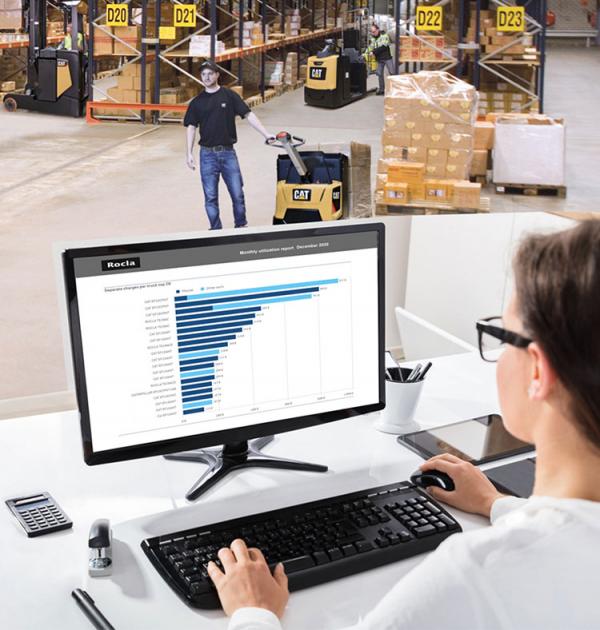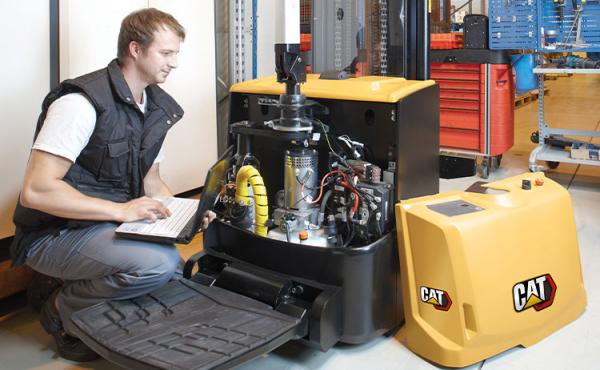How telematics can boost your materials handling operation
Telematics promises a lot of things for the materials handling industry – being able to manage your forklift truck fleet in a way that saves money, raises productivity, improves health and safety, and lowers environmental impacts. Mark Nicholson, writing for Eureka, the online magazine for the materials handling professional, explains how businesses can benefit from this data-driven management approach. Here’s a summary of this comprehensive article.
Mark begins his article with an interview with Finnish Cat® lift truck distributor, Logisnext Finland, a specialist in the development and application of telematics and other digitally based services. Outi Kettunen, the company’s Direct of Business Development and Sustainability explains how they use telematics for larger fleets to monitor them remotely and how this benefits the managers. By looking at all the information and data they receive from the telematics, they are able to run their fleets more efficiently and effectively. It tells them, for instance, where each forklift is; who is driving it; what it’s doing, how its components are performing, and what is their condition. These parameters can be observed in near real time, and the data collected builds up into a comprehensive history which is analysed to see where improvements are needed. Outi notes that telematics has uses for smaller fleets too, for example where forklifts are crucial in keeping production running and where downtime would be very expensive.
The article goes on to explain how telematics, one of today’s expanding applications of the Internet of Things (IoT), which enables objects (in this case forklift trucks and their components) to send and receive information, works in practice. It looks at the many different areas it can monitor, such as driver identity, forklift truck position, battery data and driving characteristics. Outi adds that all this information makes a good starting point for connections between problems and causes and helping to make well-informed decisions. Mark then goes on to list some of the key benefits of using telematics and a data-driven management approach, along with the many improvements that it allows materials handling companies to make, such as lower total cost of operation, optimising battery use and fleet streamlining. Juha Pöllänen, Director of ICT and Parts Operations at Logisnext Finland, summarises the enormous value of these gains and gives a few examples of how working with telematics and other data, leads to improvements.
Juha also discusses the future of telematics and what the likely developments will be, such as more precise indoor location and tracking, more intuitive user interfaces and displays of information, and more extensive connection with other data sources. He states that his company sees telematics data-driven management as an essential ‘fuel’ for effective intralogistics, now and in the future.
To read the full version of Mark Nicholson’s article on telematics and a data-driven management approach to materials handling, and to find out who to contact for advice on suitable systems and providers, please visit Eureka.

